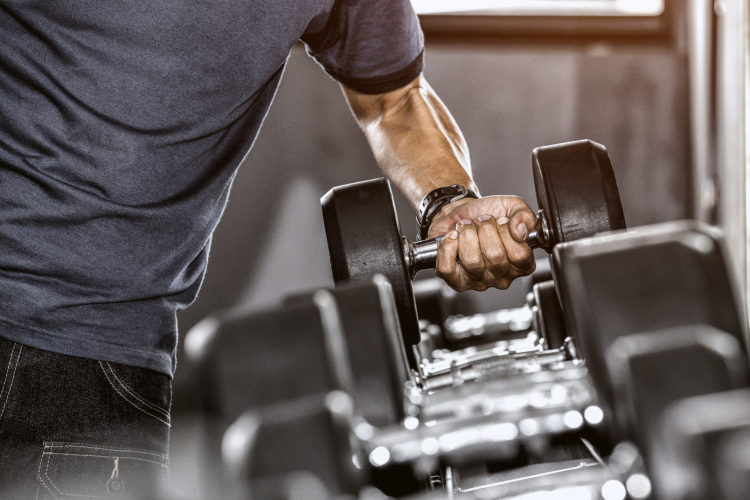
The gyms will be open soon and many people are jumping for joy that they can now train. For some, the last few months has seen training take a new shape, with online classes and walks outdoors. For others the last few months, a trip to the fridge may have been the largest energy expenditure you have done. Either way here are 5 top tips to help you return back to exercise injury free.
Ensure to warm up – The aim of warming up is to prepare the body for movement. Warming up is not about stretching, but to stimulate blood and muscles for movement. By doing this the capacity of the tissues to perform work is increased. Movement gets the brain activating the neural pathways to switch on muscles to perform movements efficiently and effectively. Blood flow helps to deliver oxygen and energy for muscle contraction and increases temperature to help the body to move. Warming up is a key component to help prevent injuries but also to get the most out of your training.
Prioritise recovery – Returning back to regular classes or training places a stress on the body that the body needs to be able to recover from. This is not a bad thing as this is how the body gets stronger because it is adapting to the exercise. To adapt the body needs the ingredients and resources to repair. Recovery is more than just stretching. Recovery is multifactorial, from sleep, food, water, meditation. So, as you return to training make sure you are feeding your body with the correct nutrients so it can recover. So ensure that you are eating lots of fruits and vegetables, drink plenty of water, regular stretching or mobility work, ensure adequate sleep, and some mediation or breathing.
Leave your ego at home – Getting back into your gym or regular yoga class, don’t expect to be able to do, lift or perform the same poses you could do previously.Understand many injuries or pain come from when you exceed the body’s ability to take on load or stress. When you exceed it you get injured or experience pain. Stress or load is just not a single load but can be accumulative over time. If you haven’t been doing much or doing completely different exercise over the last few weeks, and been spending lots of time sitting on the couch or working from your kitchen table, then your body’s ability to take on load or stress (exercise) is going to be less. Leave your ego at home and listen to your body when you return so to avoid injury. Have realistic expectations when you return.
Play the long game – Exercise is important for long time for health, and health is for life. Understand that getting back to where you were post lockdown will take time. Whether you are trying to lose the COVID calories, get back to your previous one rep max or level of certain yoga/pilates, it’s important to not rush back into it. Have the long game in mind and understand it will take time to get you back to where you prior to facilities shutting down. So be patient, there is no need to go nuts when you return. Getting back to shape is a marathon not a sprint!
If you do get pain, STOP. Too often as a practitioner I see people who come in with an injury that have been training through the pain, for weeks, sometimes months and years. Pain doesn’t not always equal tissue damage, but pain is a sign that something is not right. Training whilst having pain can cause the body to change how it works or compensate. This can lead to change in muscle activation (muscle memory), or movement. Compensations are great in that they allow the body to change in the short term to get through, but long-term compensation can cause more problems in the future. Pain is great at causing compensations or inhibition of muscles because our bodies neurology is hard wired to avoid pain. Training with an injury or pain, will trigger your body to find a way to move without pain. If you experience persistent pain while performing exercise it is best advice to get it looked at and addressed. The sooner you get it assessed and looked at the faster the body will recovery and the less compensations that will occur.
These top tips are by no means specific or extensive but are a great way to help guide you as you return back to training.

